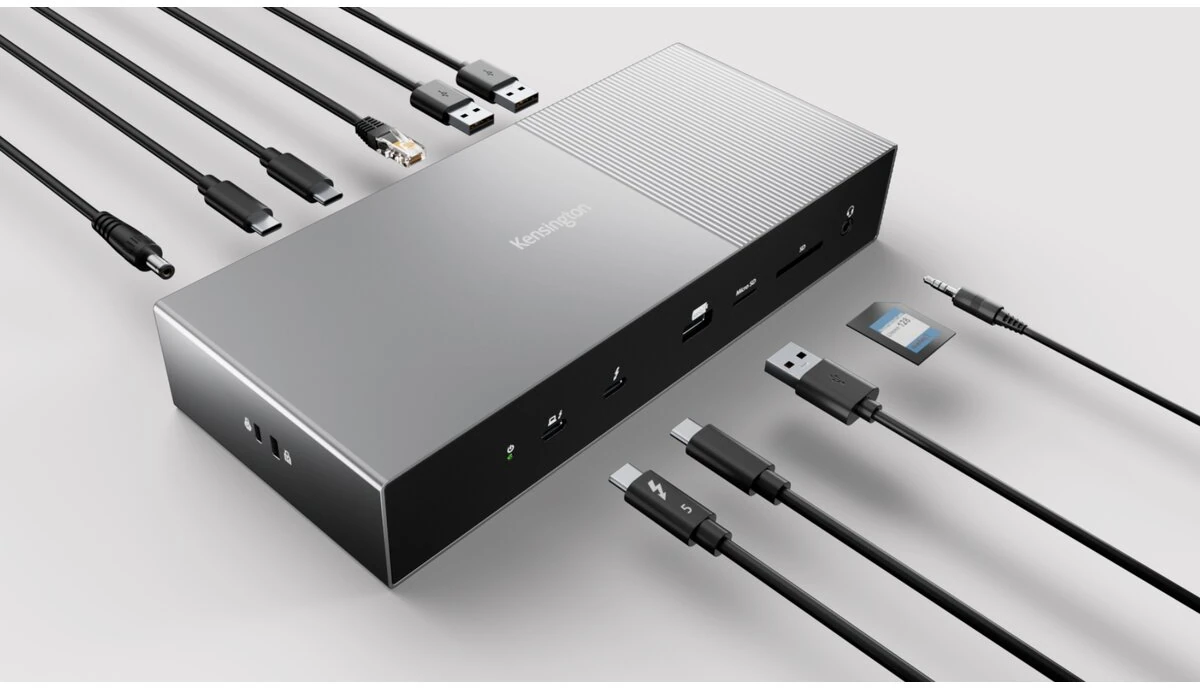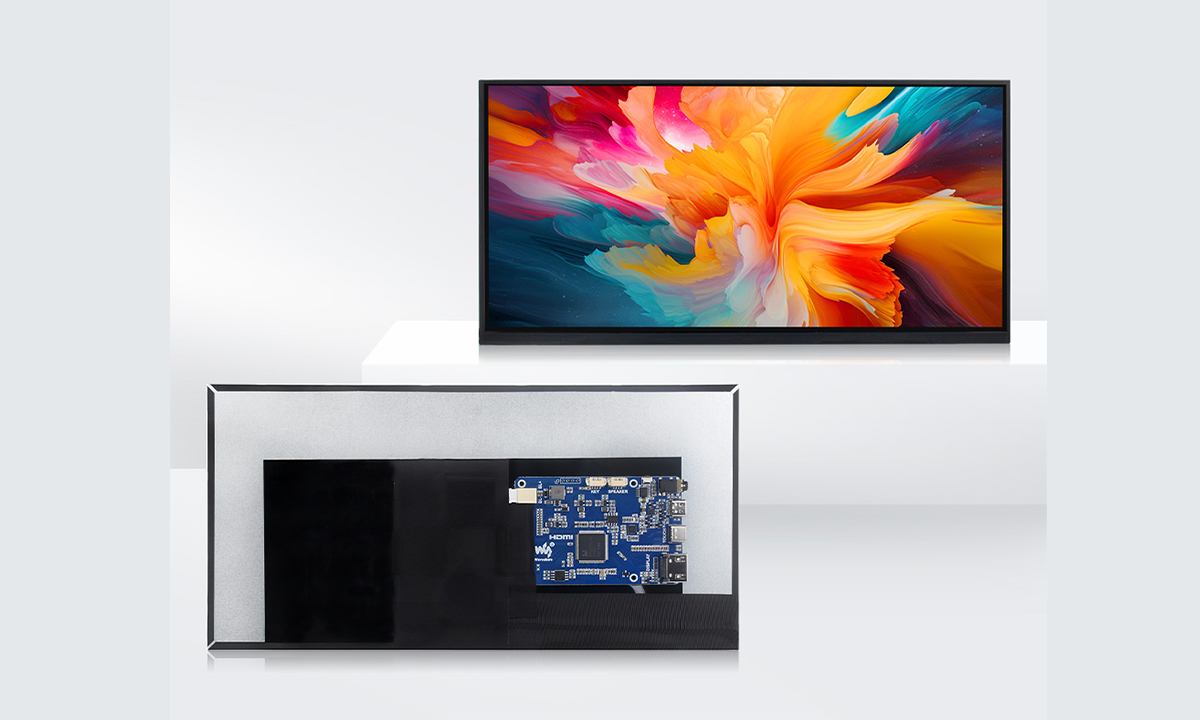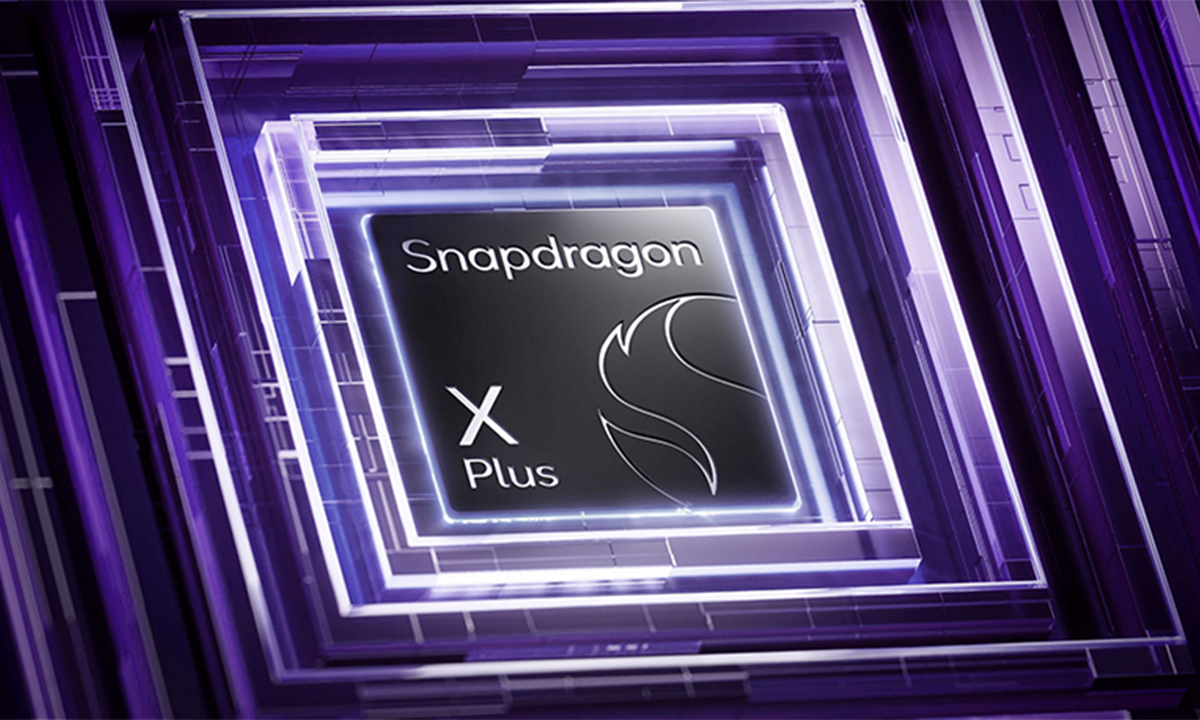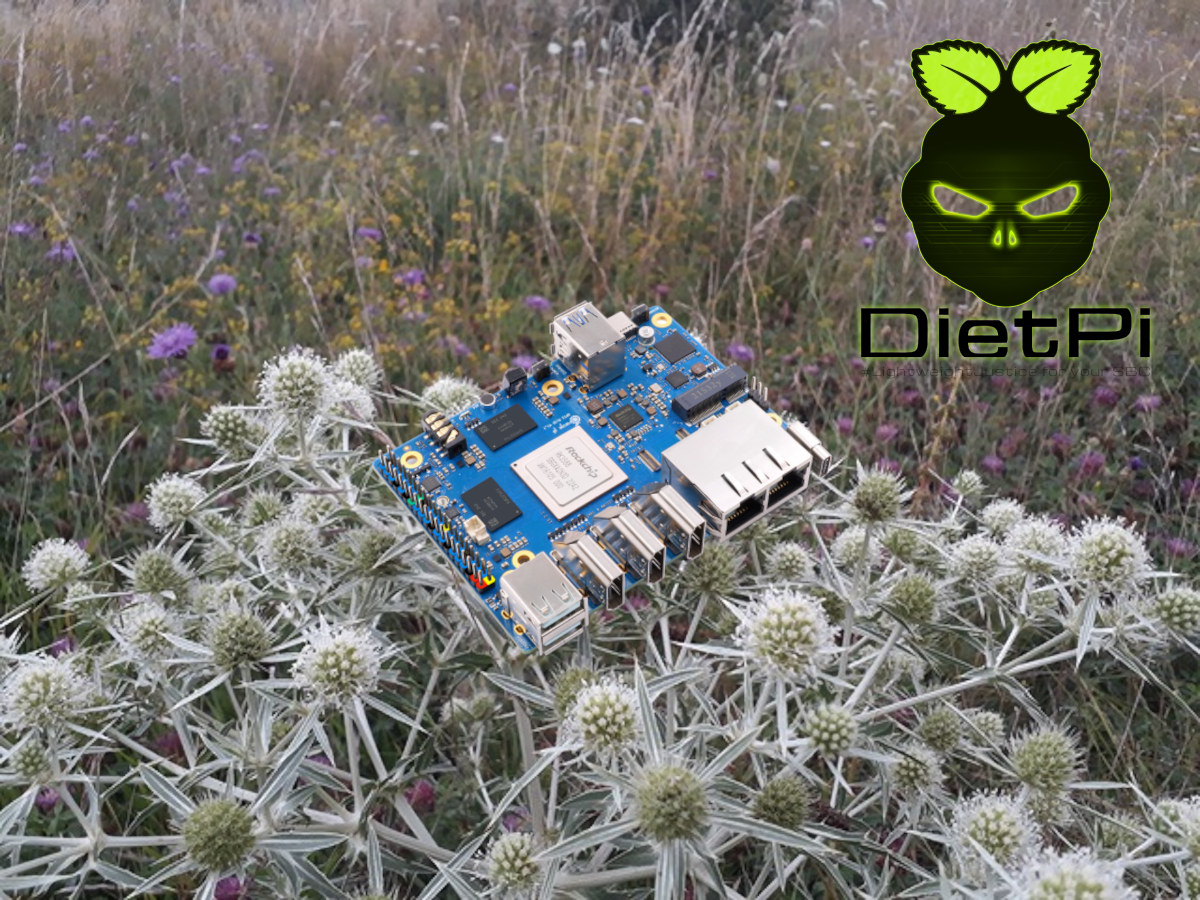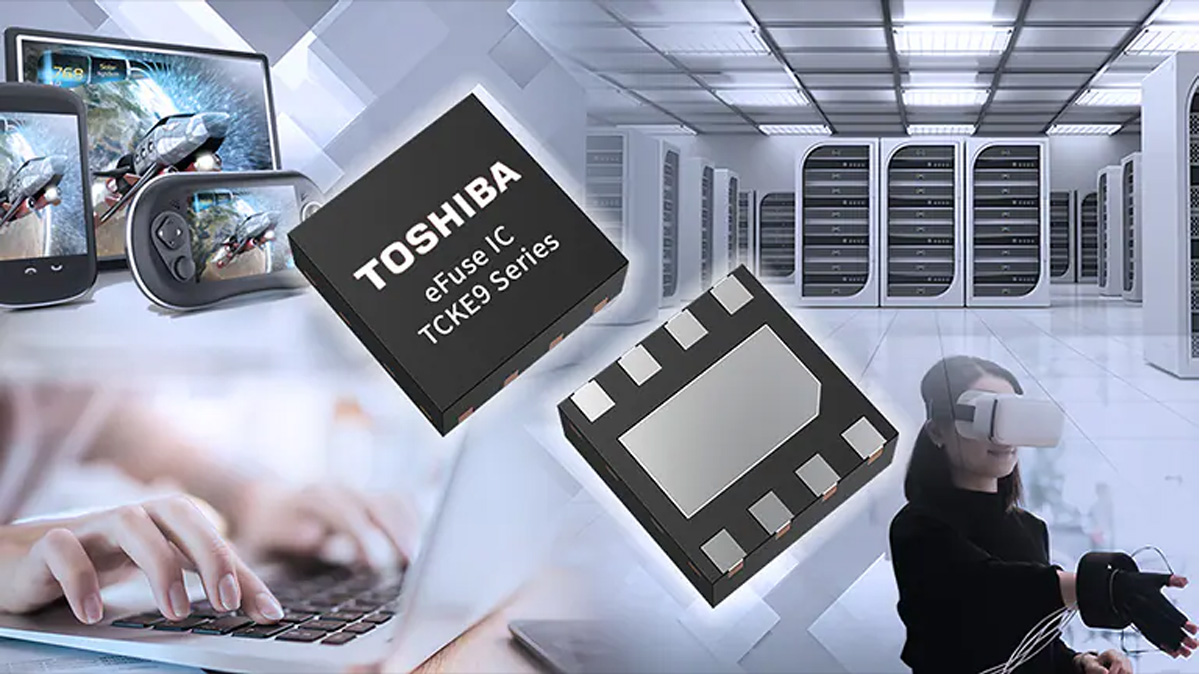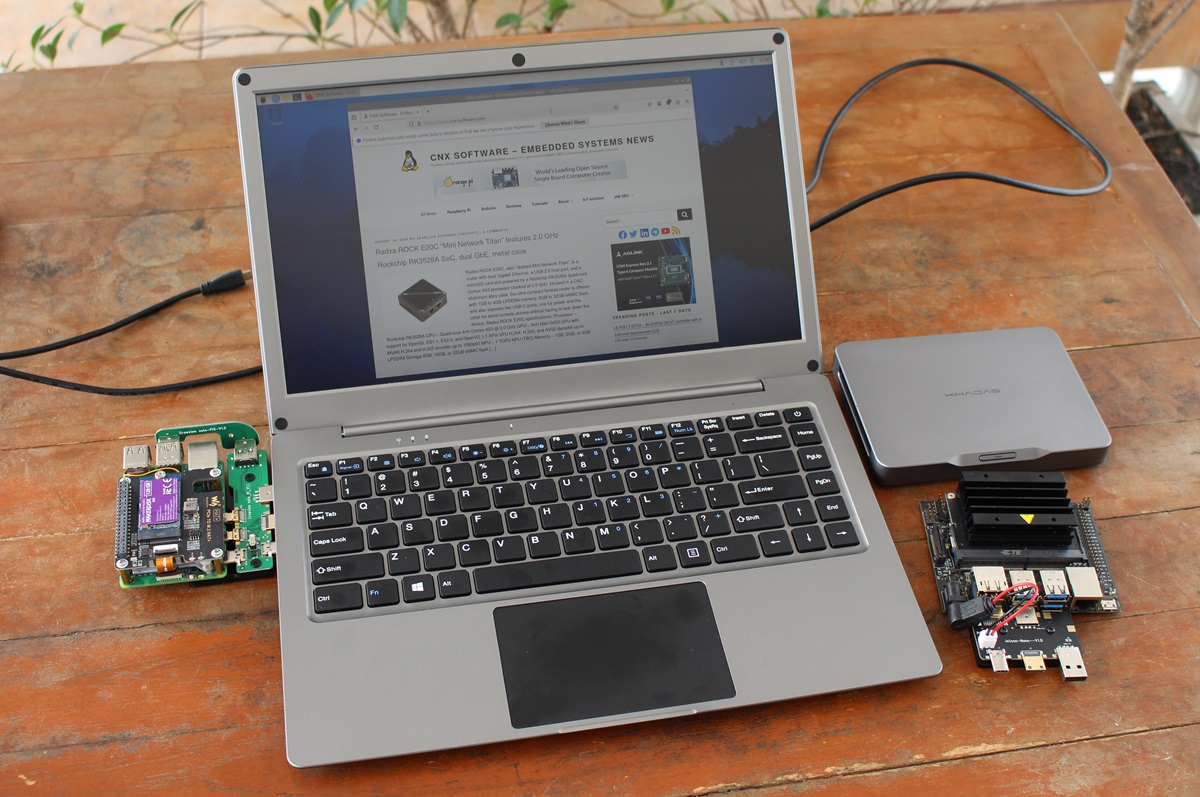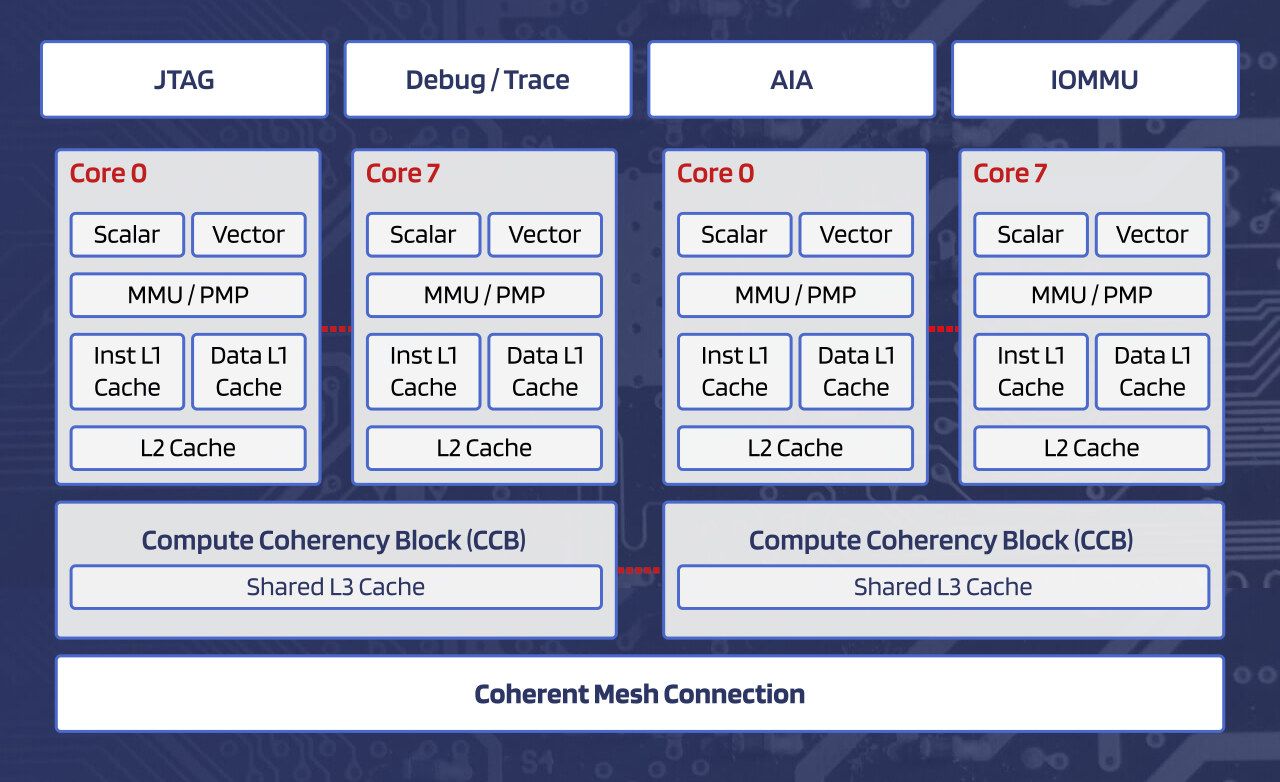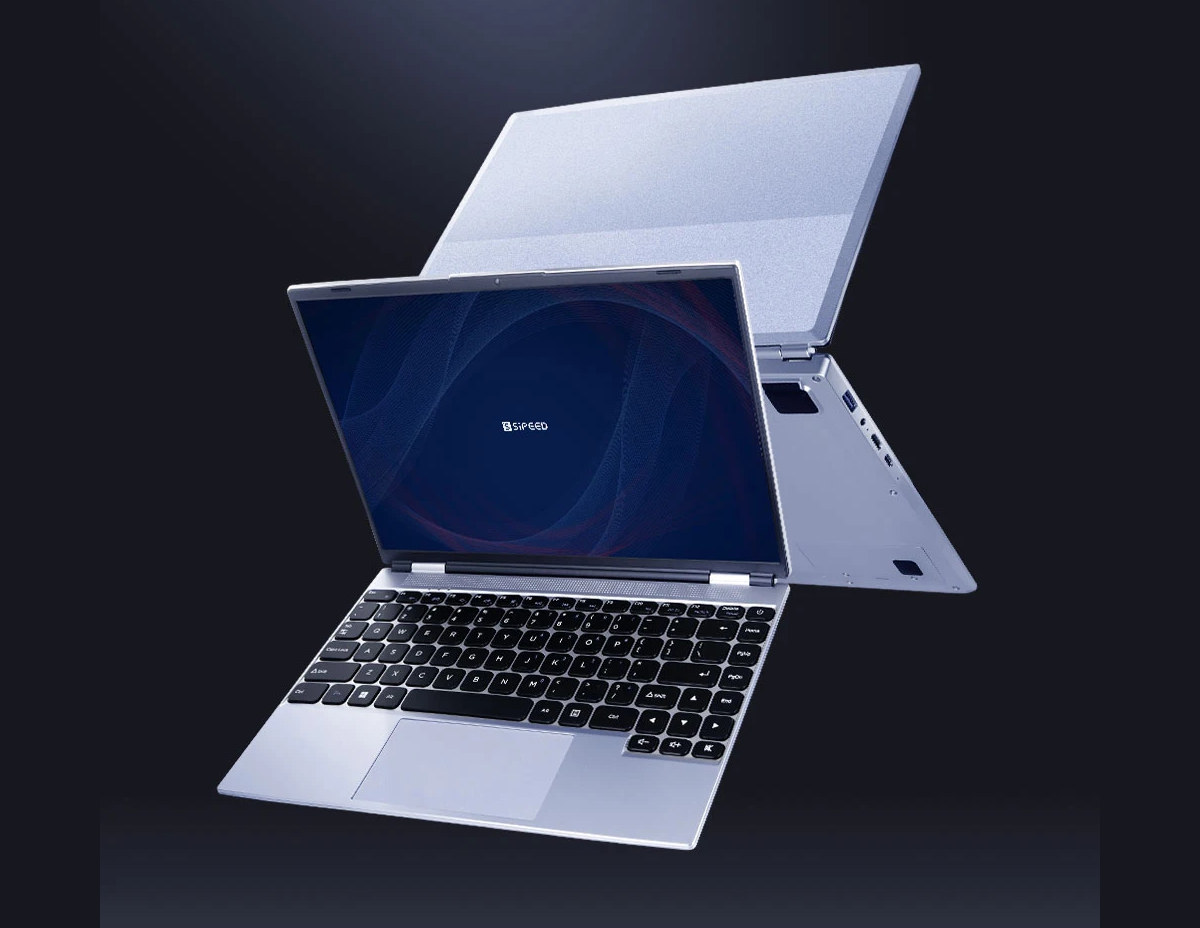Thunderbolt 5 was first unveiled last year with promises of 120 Gbps bandwidth and support for multiple 8K monitors. The good news is that the first Thunderbolt 5-compliant devices are now coming to market. There’s not too much to choose from for now, but we need to start somewhere, and the OWC Envoy Ultra portable SSD ($299.99 and up) and the Kensington SD5000T5 EQ Thunderbolt™ 5 Triple 4K Docking Station with 140W PD ($399.99) – also found on Amazon – are some of the first Thunderbolt 5 devices to make it to market. OWC Enjoy Ultra Thunderbolt 5 portable SSD Key features: Speed over 6000MB/sm or up to twice faster than Thunderbolt 4 and USB4 Capacity – 2TB or 4TB Compatibility – Macs, PCs, iPad Pros, Chromebooks, and Surface devices with a Thunderbolt 3 to 5 port, or USB4 port Rugged design – Waterproof, dustproof, and crushproof Power Supply – […]
11.6-inch touchscreen display with In-Cell technology packs IPS panel and 10-point touch into a single layer
Waveshare has introduced an 11.6-inch touchscreen LCD with in-cell technology and 1768 × 828 resolution. The display comes with an IPS panel, a 10-point capacitive touchscreen, and supports HDMI and Type-C interfaces. It includes brightness control through the OSD menu and DDC/CI software. The screen offers a 178° viewing angle and 72% NTSC color gamut, delivering 300cd/m² brightness. While we haven’t yet covered such a large screen with in-cell technology, we previously reviewed the Elecrow CrowVi VF156T, a 15.6-inch ultra-thin IPS touchscreen display. This portable display features mini HDMI and USB-C input ports, making it compatible with various devices, including Windows 11 and Linux mini PCs, laptops, SBCs like the Raspberry Pi 5, and smartphones that support USB-C with DisplayPort Alt mode. Other touchscreen displays with HDMI and/or USB-C input include Desklab ultrathin 15.6-inch display, DFRobot 7-inch display, and many others. Waveshare 11.6-inch touchscreen display specifications: Display Display Size – […]
Qualcomm Snapdragon X Plus 8-core – A 4 GHz octa-core processor for entry-level Copilot+ PCs and laptops
Qualcomm’s Snapdragon X line of ARM-based processors is designed for Windows laptops, offering CPUs capable of competing with Intel and AMD processors. The Snapdragon X Plus (10 core) and Snapdragon X Elite, announced last year, include high-performance NPUs for AI processing. Qualcomm has now introduced the entry-level Snapdragon X Plus 8-core processor, targeting the $700 to $900 laptop market instead of the ~$1,300+ asked for something like the Microsoft Surface Laptop 15. It reduces CPU and graphics performance while maintaining the same AI features as the higher-end models. The Qualcomm Snapdragon X Plus lineup includes two octa-core processors: the X1P-46-100 and X1P-42-100, both built on a 4nm process. These processors come with eight Oryon CPU cores, clocked at 4GHz and 3.4GHz respectively, and are equipped with the Qualcomm Hexagon NPU, delivering 45 TOPS for AI tasks like Copilot+ PC. They also integrate Qualcomm Adreno GPUs offering 2.1 TFLOPS for the […]
DietPi 9.7 and Armbian 24.8 released with improved support for Rockchip, Amlogic, and Allwinner SBCs
Armbian and DietPi are two separate projects that provide Linux-based OS images optimized for Arm-based single board computers. The last time we had a look at both projects was in June with the release of Armbian 24.5.1 and DietPi 9.4, but there have been several updates since then including the releases of the latest DietPi 9.7 and Armbian 24.8 Yelt just a few days ago. So let’s check out the latest changes. DietPi 9.7 DietPi is a lightweight Debian-based Linux distribution for SBCs and server systems that ships as a minimal image but users can install any packages they want, including the ones required for desktop environment, to match the requirements of the applications. It’s notably used by the Linamp project – a Raspberry Pi 4-based project that brings WinAMP to real life – that we covered a few weeks ago. DietPi 9.7 was released on August 25, 2024 with […]
Toshiba TCKE9 reusable e-fuse features a fixed over-voltage clamp with adjustable overcurrent limit
Toshiba has recently introduced the Toshiba TCKE9 reusable e-fuse (electronic fuse) series, a new lineup of e-fuse ICs that can be used repeatedly, to protect power supply lines from various electrical faults like overcurrent, overvoltage, overtemperature, and short circuits. These new chips integrate various protection features into a single chip which simplifies circuit design and reduces component count compared to how a traditional protection circuit with multiple components is designed. This new line of products offers different ICs with different voltage ratings and adjustable current settings, alongside two reset modes auto-retry and latching. All these features make this e-fuse useful for applications like laptops, wearables, audio/video equipment, and industrial applications like automation systems, robotics, and many other applications. Toshiba TCKE9 reusable e-fuse Specification Input Voltage – 2.7V to 23V (Maximum – 25V) Output Current – 0 to 4.0A (Adjustable overcurrent limit – 0.5A to 4.0A via external resistor) ON Resistance […]
CrowView Note Review – A 14-inch laptop shell designed for Raspberry Pi 5 and Jetson Nano Developer kit
Elecrow CrowView Note is a laptop shell with a 14-inch Full HD display, an 84-key QWERTY keyboard with a touchpad, built-in speakers and microphone, and a 5,000 mAh battery that’s specially designed for the Raspberry Pi 5 and the Jetson Nano Developer Kit thanks to adapters. However, it can be used with any machine with either a full-featured USB-C port or spare USB and HDMI ports. So it works with any Raspberry Pi model, Windows, Mac OS, or Linux computers, Android smartphones, PS4/PS5 game consoles, and more. This type of laptop shell has been around for years with the first one being the Laptop shell for the Motorola Atrix 4G smartphone introduced in 2011, and more recently Nexdock launched a range of laptop shells such as the Neckdock XL 15.6-inch touchscreen display and wireless charging. The CrowView Note differentiates itself with its low price and direct compatibility with the Raspberry […]
Akeana unveils 10 RISC-V cores suitable for microcontrollers up to data center chips
Founded about three years ago, Akeana has just officially launched and announced three 32-bit and 64-bit RISC-V processor lines and SoC IP with the Akeana 100 series for 32-bit microcontrollers, the Akeana 1000 series for 64-bit processors with MMU, and the Akeana 5000 series with much higher single-thread performance and designed for laptops, data centers, and cloud infrastructure. The company also introduced Scalable Coherent Interconnect, Interrupt Controller, and IOMMU IP for building out compute subsystems based on the aforementioned RISC-V cores, as well as AI-targeted Vector RISC-V Cores and Matrix Computation IP. The design team is said to have previously worked on Marvell’s ThunderX2 server chips. Akeana 100 Series The Akeana 100 Series is a line of highly configurable processors with 32-bit RISC-V cores that support applications from embedded microcontrollers to edge gateways, to personal computing devices. Four Akeana 100 RISC-V cores are available Akeana 110 for area- and power-constrained […]
Sipeed Lichee Book 4A 14-inch modular Linux laptop launched with TH1520 quad-core RISC-V processor
We’ve just written about Deep Computing’s DC-ROMA RISC-V Laptop II, but Sipeed has just launched the Lichee Book 4A modular RISC-V laptop based on the quad-core Alibaba T-head TH1520 processor and running Debian Linux. I was expecting the Lichee Book to launch with the SpacemIT K1 octa-core RISC-V processor, but Sipeed started with the time-tested TH1520 quad-core RISC-V processor coupled with up to 16GB RAM and 128GB eMMC flash and equipped with a 14-inch IPS display. In the future, we’ll get the Lichee Book 3A with the SpacemIT K1, and the Lichee Book 5A with an unnamed Cortex-A75-class RISC-V SoC with a 20 TOPS AI accelerator. Sipeed Lichee Book specifications: 260-pin SO-DIMM system-on-module (SoM) Sipeed LM3A – Upcoming module based on SpacemIT K1 octa-core RISC-V CPU (Cortex-A55 class) with 2 TOPS NPU Sipeed LM4A SoC – Alibaba T-Head TH1520 CPU Quad-core RISC-V Xuantie C910 (RV64GCV – RVV 0.7) processor @ […]


